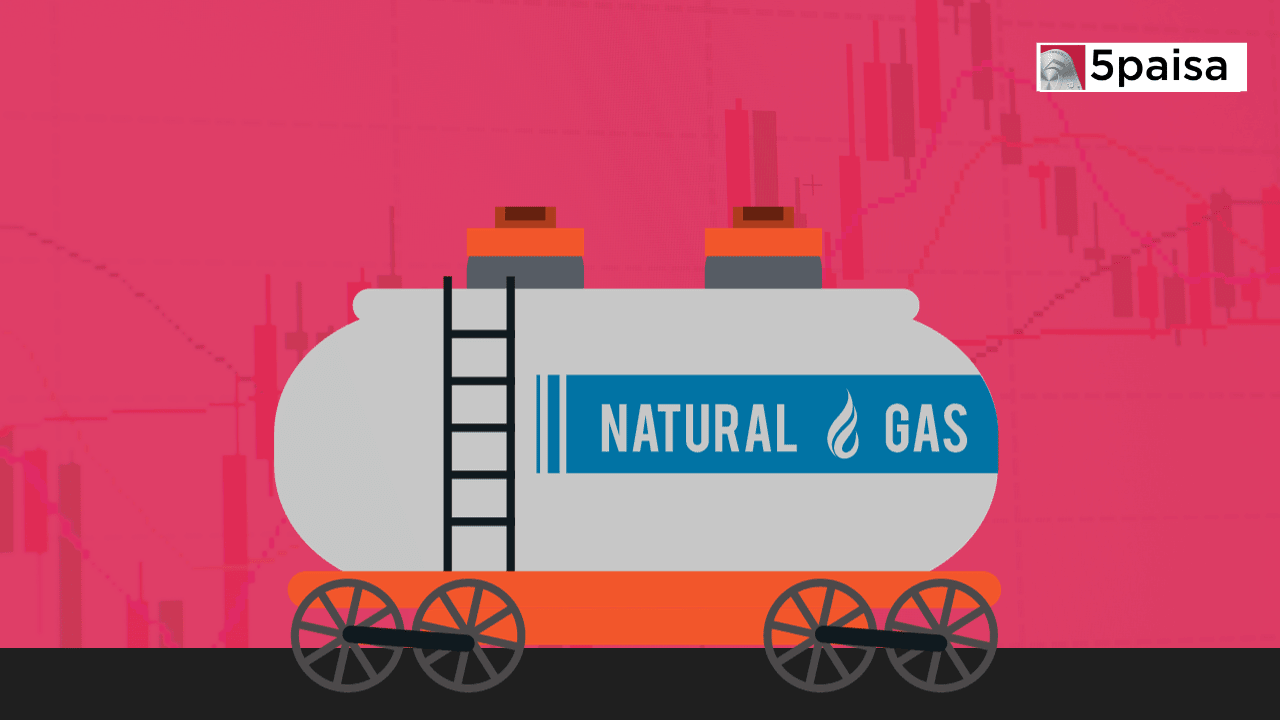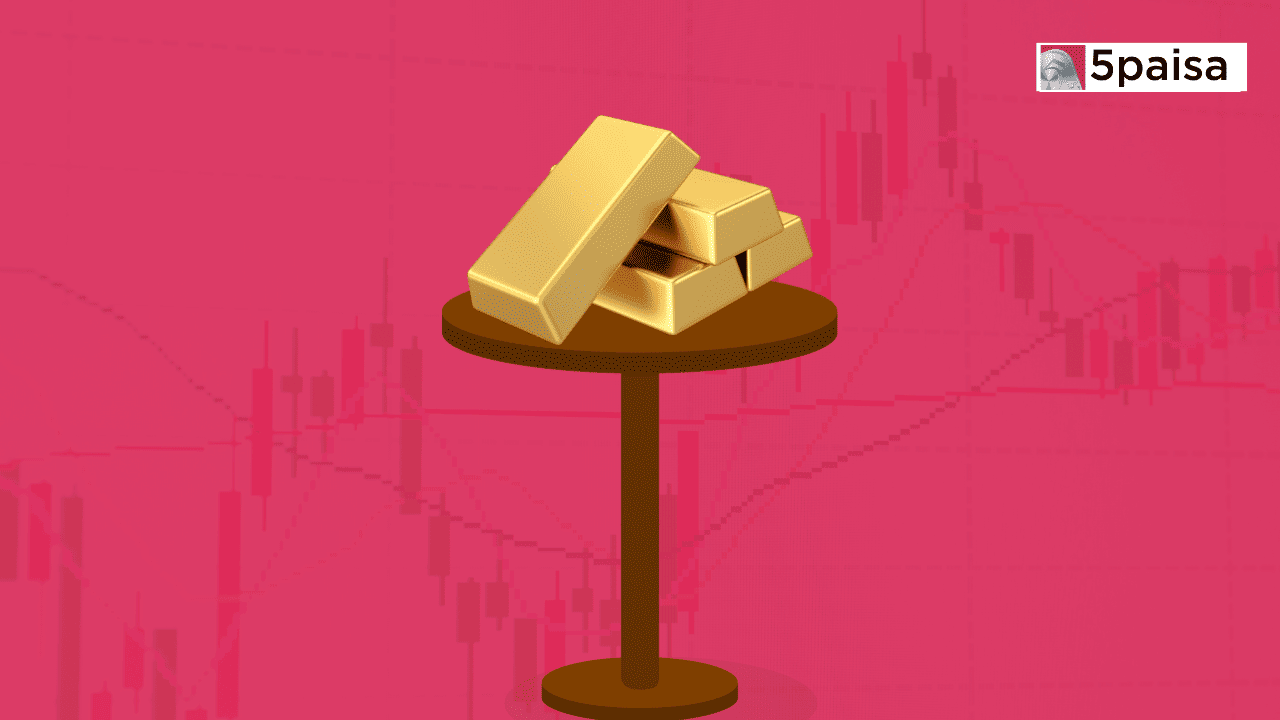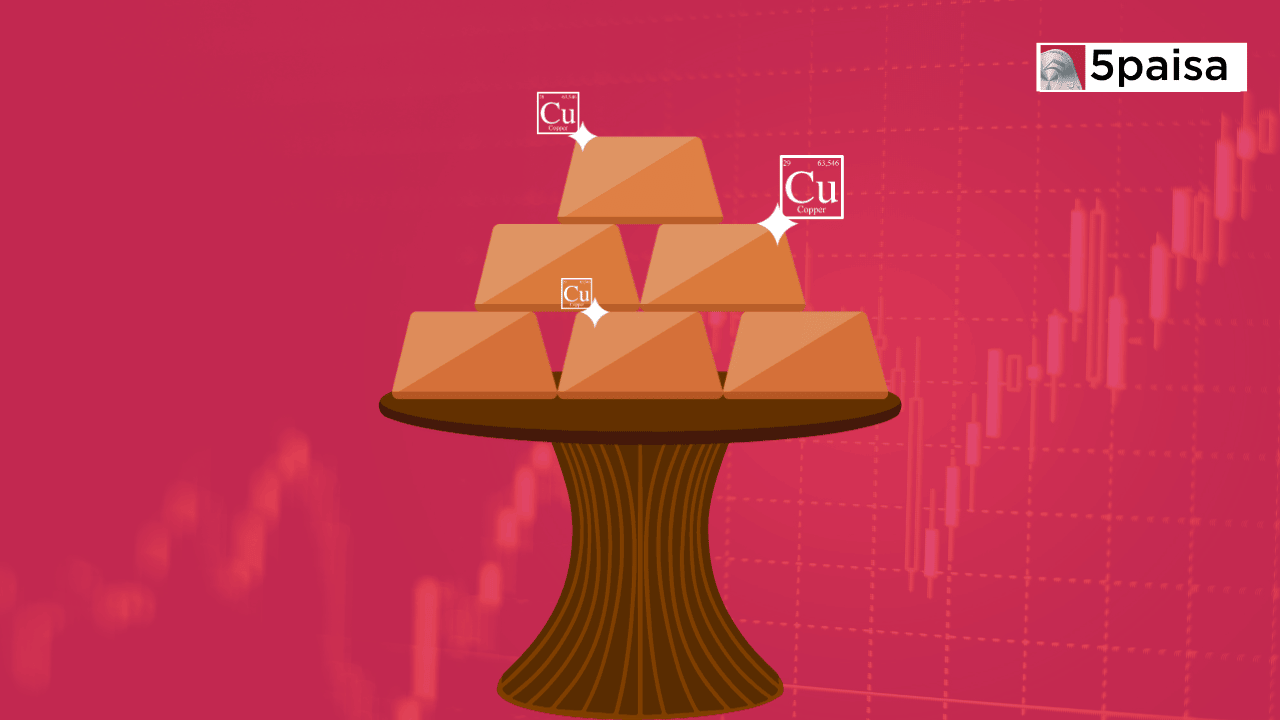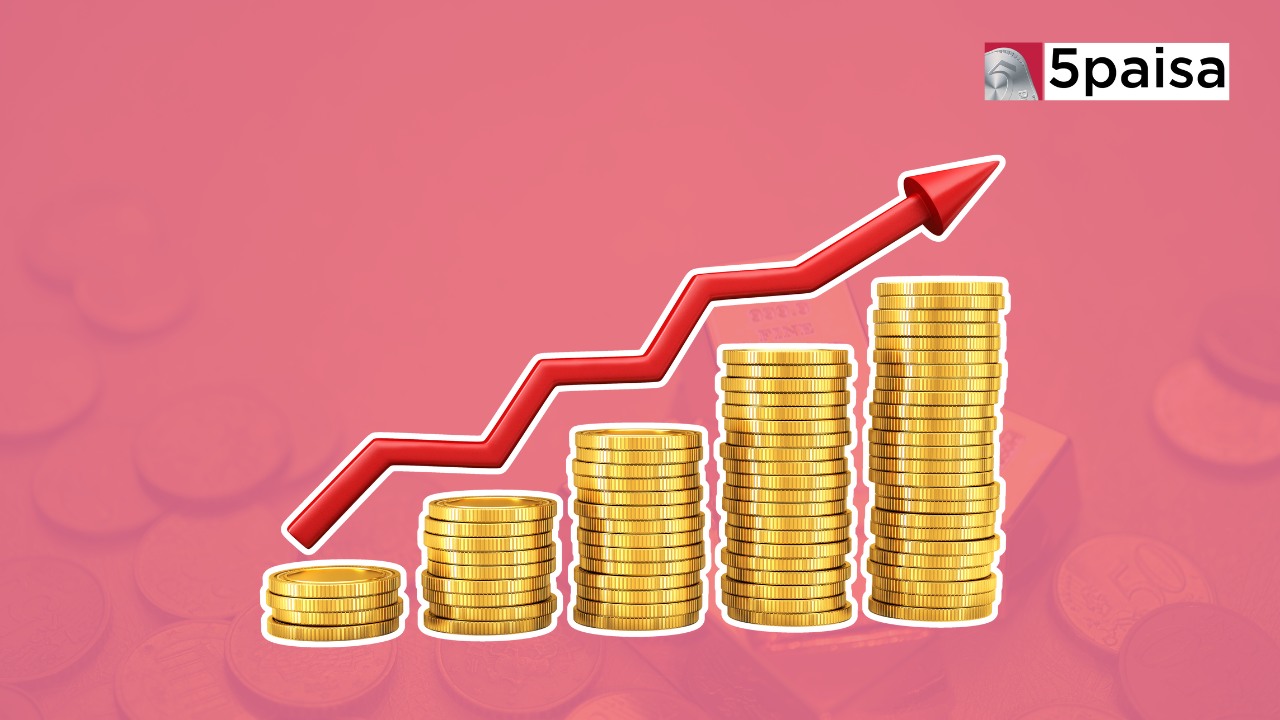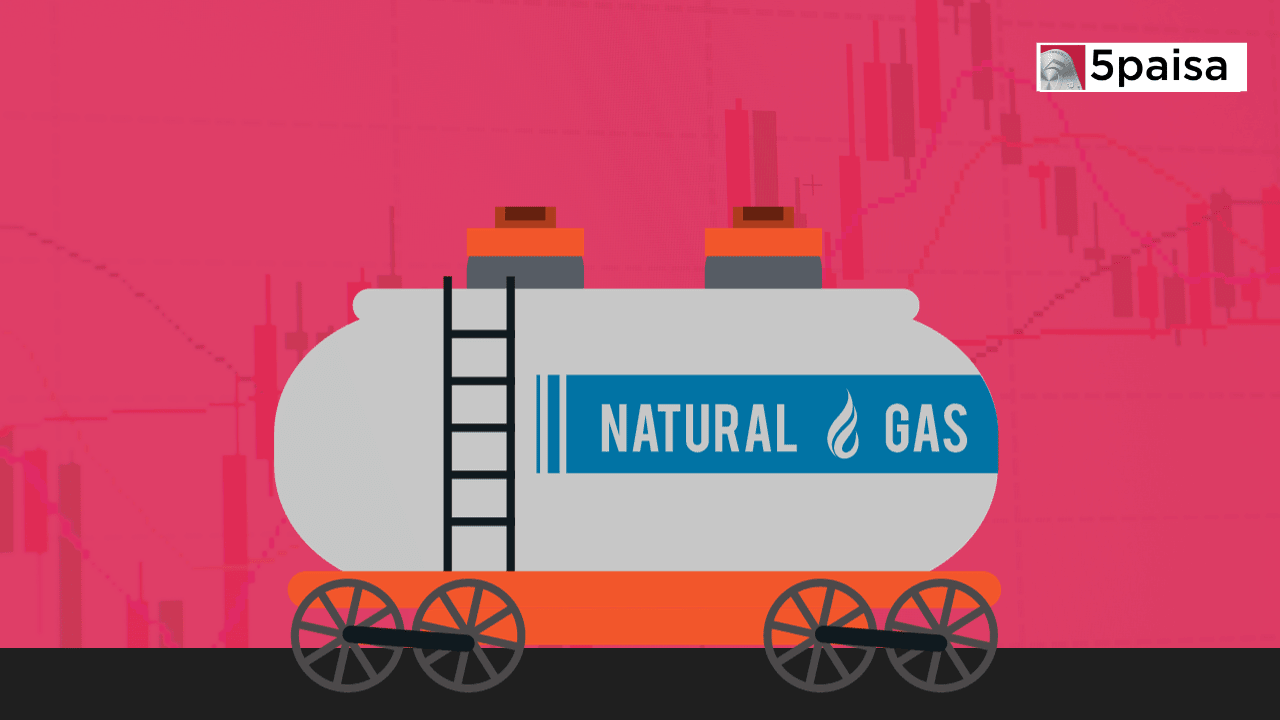Weekly Outlook on Natural Gas - 07 June 2024
Why aluminium prices are set to rebound and drive business for producers

Last Updated: 15th December 2022 - 08:06 am
Aluminium prices, which have nearly halved from the peak recorded six months ago, have likely bottomed out and should rise over the medium term, supported by two structural drivers: limited smelter capacity additions and uptick in demand.
Prices had plunged around 45% from March 2022 to around $2,400 per tonne now, driven by Chinese lockdowns and easing supply concerns. This followed a commodity price upswing of the past two years, driven by strong global economic recovery as Covid-19 abated, and concerns about supply from China and Europe.
Indeed, despite the sharp correction recently, prices are higher than the average of $1,925 seen between 2010 and 2021.
One key factor supporting prices hereon is the limited capacity addition envisaged over the next five years. China, which added over 16 million tonne (MT) of capacity over the past decade, is likely to take a pause to reduce emissions. Aluminium smelting is highly energy-intensive, requiring 13,500-15,000 kWh per tonne.
Due to its large proportion of coal-fired smelters, China’s carbon emission intensity is higher compared with the gas-powered smelters of Europe. Hence, China has not only capped aluminium smelting capacity at 45 MT per annum but is shifting primary aluminium capacities to hydropower-rich regions in its south-east.
At the same time, demand for aluminium is expected to see a structural growth over the medium term driven by global green investments such as for electric vehicles, solar panels and renewable energy grids, most of which have high aluminium intensity.
But global capacity addition is expected to fall from around 20 MT during the past decade to just 3-4 MT over the next five years. This would lead to multi-year deficits of 0.5-1.2 MTPA in the global primary aluminium market post 2023.
Domestic smelters have also expanded aggressively over the past decade with an annualised growth of 9% but domestic demand has grown at a slower pace of around 4% in the same period, driven by power sector capex and cable conductor exports, with the excess produce finding its way into export markets. India exports 58-62% of its primary aluminium production.
Investments in upstream alumina expansions will add over 6.4 MT of refinery capacity and will lead to better cost control translating into higher profits, according to rating and research agency CRISIL.
- Flat ₹20 Brokerage
- Next-gen Trading
- Advance Charting
- Actionable Ideas
Trending on 5paisa
Commodities Related Articles
Disclaimer: Investment in securities market are subject to market risks, read all the related documents carefully before investing. For detailed disclaimer please Click here.
 5paisa Research Team
5paisa Research Team
 Sachin Gupta
Sachin Gupta
